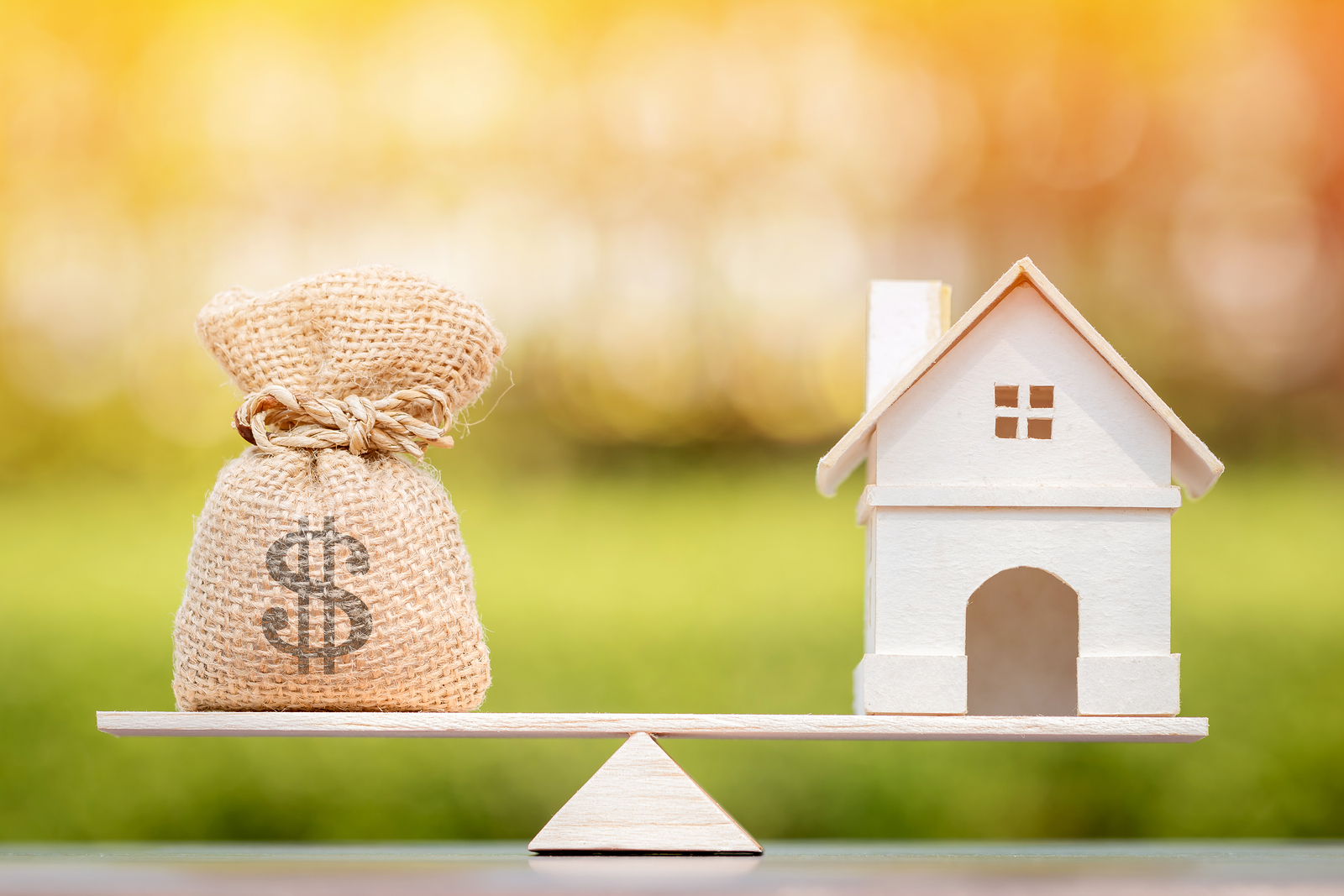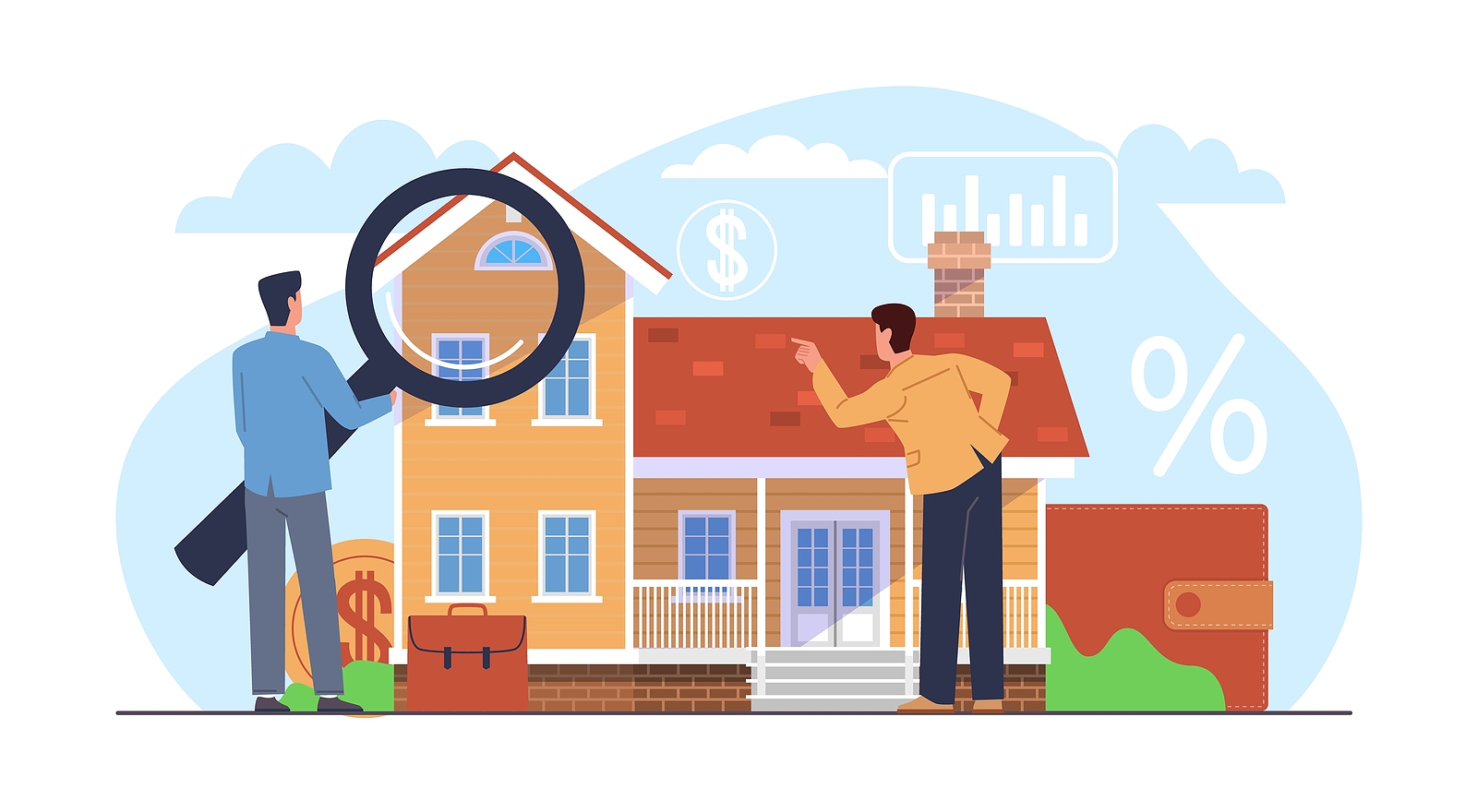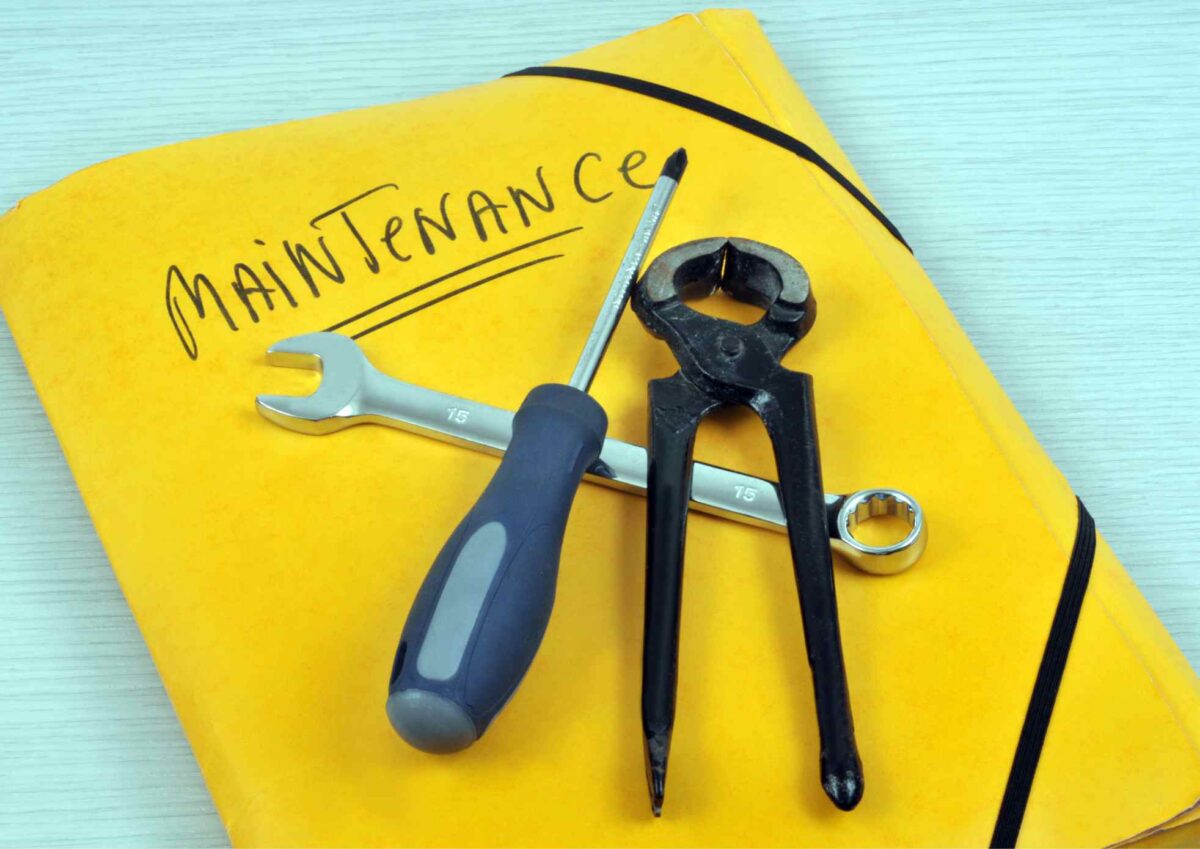If you’re thinking about selling your home, understanding how higher capital gains work could actually save you thousands, not just cost you money. While “capital gains” might sound like a tax burden, in today’s U.S. real estate market, they can be a surprising advantage. In this post, we explore how capital gains apply when you sell a home, how current tax thresholds benefit sellers, and smart strategies to maximize profit when navigating higher capital gains.
What Are Capital Gains (and Why They Matter When Selling Your Home)
Capital gains refer to the profit you realize when you sell an asset, like a house, for more than your original purchase price. When it comes to real estate, these gains can be classified as long-term or short-term, depending on how long you’ve owned the property. In most favorable scenarios, long-term capital gains are taxed at lower percentages. For 2025, those rates are 0%, 15%, or 20%, depending on your taxable income.
If the capital gain is significant, e.g., you bought decades ago, made improvements, and then sell in today’s strong market, those gains can work in your favor. That’s where higher capital gains can save you thousands: by keeping you in more favorable tax brackets and helping you reinvest profits smartly.
Current U.S. Capital Gains Tax Landscape (2025)
Long-Term Capital Gains Brackets
For the 2025 tax year, the IRS raised its long-term capital gains thresholds, adjusting for inflation.
0% rate:
- Single filers: up to $48,350
- Married filing jointly: up to $96,700
15% rate:
- Single: $48,351–$533,400
- Married: $96,701–$600,050
20% rate:
- Single: over $533,400
- Married: over $600,050
If your gain stays within or just above these thresholds, paying a lower percentage on a significant profit can be very favorable.
Net Investment Income Tax (NIIT) Impact
Beyond standard capital gains, some real estate sales may also be subject to the Net Investment Income Tax (NIIT). For example, real estate gains for high earners could face an additional 3.8% if their income exceeds the NIIT threshold. This means even with higher capital gains, thoughtful tax planning can reduce how much you owe.
Why Higher Capital Gains Could Save You Money
-
More Room for Tax-Free Gains
Because of the adjusted brackets, you could realize a larger gain without entering the highest tax rate. If your gain falls under the 0% or 15% brackets, you keep a bigger share of your profits. -
Strategic Timing
If you’ve owned your home long-term, selling during a boom could maximize your gain while optimizing your tax bracket. The more appreciation you’ve built, the more tax-efficient your sale can become under favorable capital gains rates. -
Reinvestment Opportunities
With higher capital gains in hand, you can invest more strategically — whether into a new home, rental property, or other assets. Using some of the proceeds wisely can help you continue growing your wealth.
Things to Watch When Selling Your Home
-
Primary Residence Exclusion: Many homeowners can exclude up to $250,000 of gain ($500,000 for couples) on the sale of a primary residence, dramatically lowering taxable capital gains.
-
Improvements & Basis: Make sure to account for improvements you’ve made over the years — they increase your cost basis and reduce your taxable gain.
-
State Taxes: Some states impose their own capital gains or income taxes, which can affect your final numbers.
Final Thoughts: Turning Capital Gains Into a Win
In today’s real estate climate, higher capital gains aren’t just tax liabilities; they’re strategic opportunities. If you’ve held your home for years and watched its value rise, the capital gains system could help you walk away with a substantial profit while paying less in taxes than expected. By understanding current long-term capital gains rates, planning your timing, and reinvesting wisely, you can maximize your return and save potentially thousands.
Disclaimer: Always consult your tax professionals to see how this could directly affect you, as each homeowner’s situation is unique.





























